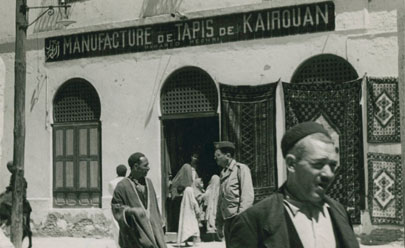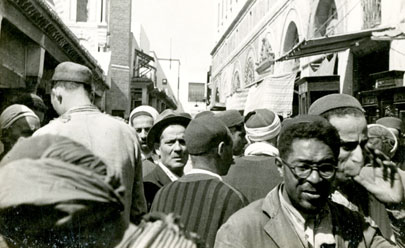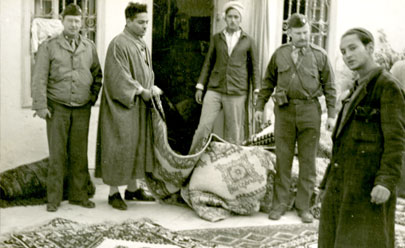ARTIFACTS: SOLDIER TOURISTS — TUNISIA
Soldier Tourists — Tunisia
The smallest country in North Africa, Tunisia lies west-southwest of Sicily, which made it a strategically important location in gaining a foothold in southern Europe — and to ultimately launching an invasion into Sicily. The Americans joined forces with the British in Operation Torch, the invasion of North Africa, on 8 November 1942. Despite setbacks and hard fighting, by early May 1943 Allied troops had captured cities in Tunisia, including Tunis and Bizerte. Hundreds of thousands of Axis soldiers were taken prisoner during the Tunisian campaign.
An ancient land, Tunisia had seen occupations by invading forces before and was ruled at different periods by the Romans and the Ottoman Empire, among others. At the start of World War II, Tunisia was a French territory and encompassed a majority Arab population with French, Italian and Arabic speaking populations. American soldiers were now in a land very foreign from their own. One of these men was Capt. Thomas E. Weiss, MD, who served in the 24th General Hospital in Africa and Italy, and later the 106th Hospital in Italy and Okinawa. Fort Benning, Georgia, was the 24th General's base of operation until August 1943, when the unit left for Bizerte, Tunisia. They cared for wounded from the invasion of Italy until September 1944.
See More in This Series
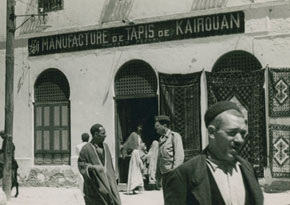 Captain Thomas E. Weiss, MD, is seen speaking with a North African man in al-Qayrawan (also Kairouan or Kirwan), Tunisia, North Africa. 1943–44.
Captain Thomas E. Weiss, MD, is seen speaking with a North African man in al-Qayrawan (also Kairouan or Kirwan), Tunisia, North Africa. 1943–44.
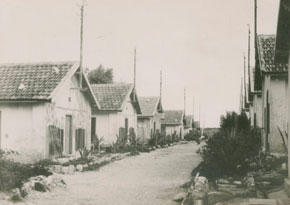 Indigenous tiled-roof buildings make up part of the 24th General Hospital compound. Tunisia, North Africa. 1943–44.
Indigenous tiled-roof buildings make up part of the 24th General Hospital compound. Tunisia, North Africa. 1943–44.
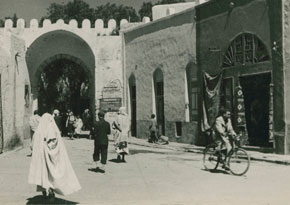 Signs near the doorway read “Typhus. Off limits to British, US Forces and RAF. Warning: troops forbidden to buy food stuffs.” A Muslim woman wearing a burqa can be seen in the foreground. Tunisia, North Africa. 1943–44.
Signs near the doorway read “Typhus. Off limits to British, US Forces and RAF. Warning: troops forbidden to buy food stuffs.” A Muslim woman wearing a burqa can be seen in the foreground. Tunisia, North Africa. 1943–44.
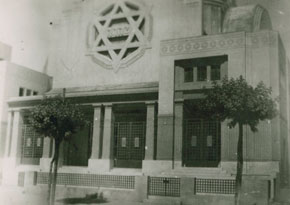 Exterior of a synagogue in Tunis, Tunisia.
Exterior of a synagogue in Tunis, Tunisia.
 A Pocket Guide to North Africa.1942–43.
A Pocket Guide to North Africa.1942–43.
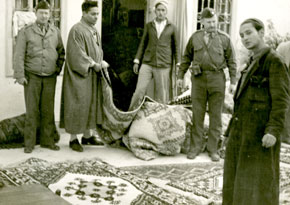 Tunisian men showing carpets and rugs to American officers. Tunisia, North Africa. 1943–44.
Tunisian men showing carpets and rugs to American officers. Tunisia, North Africa. 1943–44.
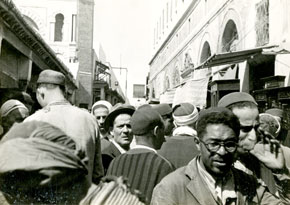 North African civilians in a crowded city street or within a market. Bizerte, Tunisia, North Africa. 1943–44.
North African civilians in a crowded city street or within a market. Bizerte, Tunisia, North Africa. 1943–44.
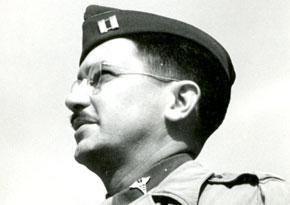 Portrait of Captain Thomas E. Weiss. Tunisia, North Africa. 20 March 1944.
Portrait of Captain Thomas E. Weiss. Tunisia, North Africa. 20 March 1944.

